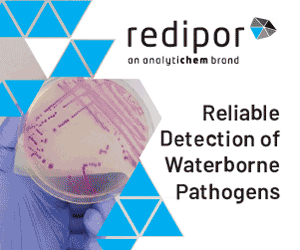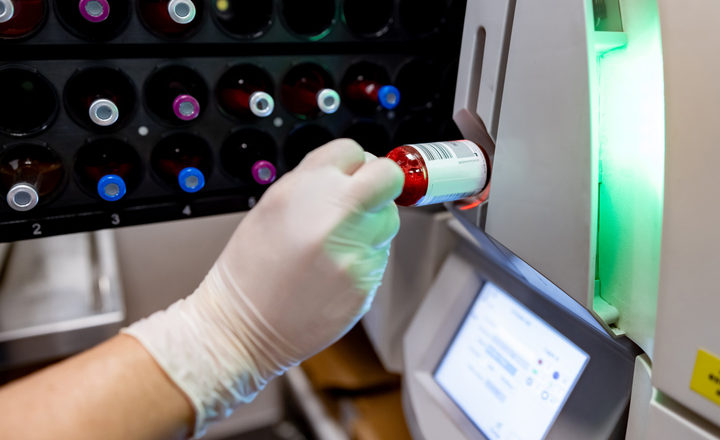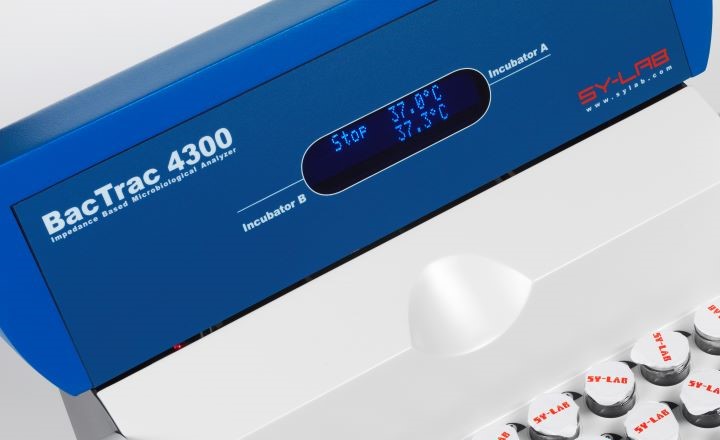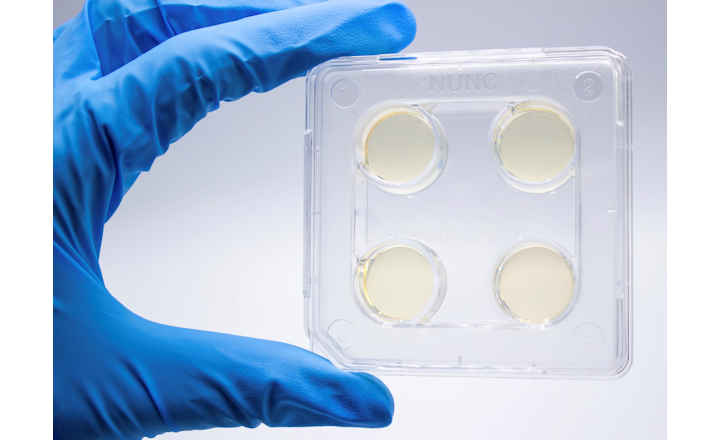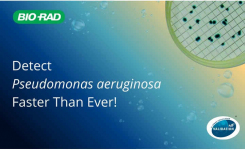Why this matters:
- Gram-negative bloodstream infections carry significant mortality; timely and accurate AST results are critical for guiding effective antimicrobial therapy.
- Traditional AST workflows often require sub-culturing and extended incubation, resulting in delays of 24 h or more after positive blood culture. Rapid AST platforms reduce that time, enabling earlier targeted therapy.
- This study directly compares rapid platforms in the clinical lab context, helping microbiology labs decide which system may best fit their needs (speed, accuracy, resistance coverage).
KEY Findings: Squitieri et al. (2025) evaluated the VITEK REVEAL (bioMérieux), the direct-from-blood-culture version of VITEK 2 (VITEK 2-RAST), and the EUCAST disk diffusion-based rapid AST (DD-RAST) systems using 220 Gram negative positive blood culture specimens.1 Cultures were positive for single organisms and included: Enterobacterales (n = 179), A. baumannii (n = 22), P. aeruginosa (n = 14), Stenotrophomonas maltophilia (n = 3), Aeromonas caviae (n = 1), and Acinetobacter lwoffii (n = 1). The authors compared time-to-result (TTR) and both categorical agreement (CA) and essential agreement (EA) with the EUCAST BMD microdilution reference method.
- Among the systems evaluated, VITEK REVEAL stood out for its shorter time-to-result, even for antibiotic-resistant organisms and β-lactam/β-lactamase inhibitor combinations: 6 h 32 min vs 13 h 51 min (VITEK 2-RAST) and 8 h (DD-RAST).
- All platforms exhibited high categorical agreement and essential agreement with the reference method:
- VITEK REVEAL: Overall EA rate was 97.1%, the overall bias was −7.7, and the overall CA rate was 98.3%.
- VITEK 2: The overall EA rate was 96.2%, the overall bias was −10.4, and the overall CA rate was 98.4%.
- EUCAST disk: The overall CA rate was 98.2% (EA was not assessed).
- Head-to-head comparisons:
- Overall CA rates: 98.4% for VITEK REVEAL, 98.4% for VITEK 2-RAST, 98.2% for DD-RAST.
- Major error rates: 0.9% for VITEK REVEAL, 1.0% for VITEK 2-RAST, and 1.8% for DD-RAST.
- At a more granular level, differences became apparent depending on specific organism and antimicrobial combinations.
Bigger picture: Rapid AST systems like VITEK REVEAL are becoming increasingly feasible and may transform the timing of susceptibility reporting in GN-BSIs. Early targeted therapy is key in sepsis care, and faster AST could reduce empirical broad-spectrum use, shorten hospital stays, and improve outcomes. However, choice of system must consider workflow, species coverage, error profile, and integration with identification systems. Moreover, as with any diagnostic innovation, the ultimate benefits depend on how the results are acted upon clinically and how the new workflow is incorporated into laboratory and antimicrobial stewardship practices. This study advances the field by providing a comparative benchmark and supporting the move toward faster, accurate phenotypic AST in bloodstream infections.
Reference:
- Squitieri et al. (2025). Improving time-to-result: head-to-head comparison of three rapid AST systems for Gram-negative bacteremia, including the newly developed VITEK REVEAL. Journal of Clinical Microbiology, e0105025. 9.
(Image Credit: iStock/Hispanolistic)




